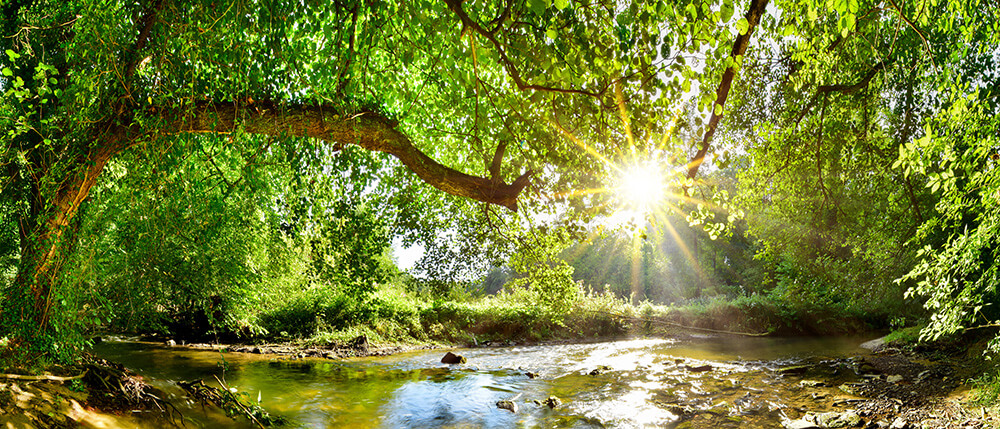Water-based Ink
Water-based inks are an eco-friendly alternative to traditional inks used in product packaging. Their sustainability comes from the fact that they evaporate and dry naturally. By contrast, other types of inks frequently require extra energy to dry and evaporate, increasing energy consumption.
You need ink in your product packaging so your image can be transferred onto the material. Whether you use a digital, offset, lithographic, or flexographic method, you will need ink. To better understand water-based inks, consider that all ink has a pigment, a solvent, and a binder. The pigment delivers the color. The binder or base connects the pigment and the surface. The solvent ensures the ink gets spread evenly over the area. With water-based ink, both the solvent and binder are water-based.
Water-based inks don’t need extra energy to dry and evaporate. Most other inks need a heater for this to happen. In addition to drying without extra energy, you cannot feel any difference to the surface after using water-based ink.

Why should use Water-based Ink
The lack of chemical additives in water-based inks makes them easy to produce as well as highly affordable. Additionally, using water-based inks means that the ink will not release any volatile organic compounds while printing or drying. This improves safety.
Another improvement to safety is the fact that the only waste product is dirty water. That water is safe enough to enter the sewer system for regular treatment.
Just keep in mind that while water-based inks dry at room temperature, this means they take longer than other inks to dry. That can increase the turnaround time.
The lack of chemical additives in water-based inks makes them easy to produce as well as highly affordable. Additionally, using water-based inks means that the ink will not release any volatile organic compounds while printing or drying. This improves safety.
Another improvement to safety is the fact that the only waste product is dirty water. That water is safe enough to enter the sewer system for regular treatment.
Just keep in mind that while water-based inks dry at room temperature, this means they take longer than other inks to dry. That can increase the turnaround time.










